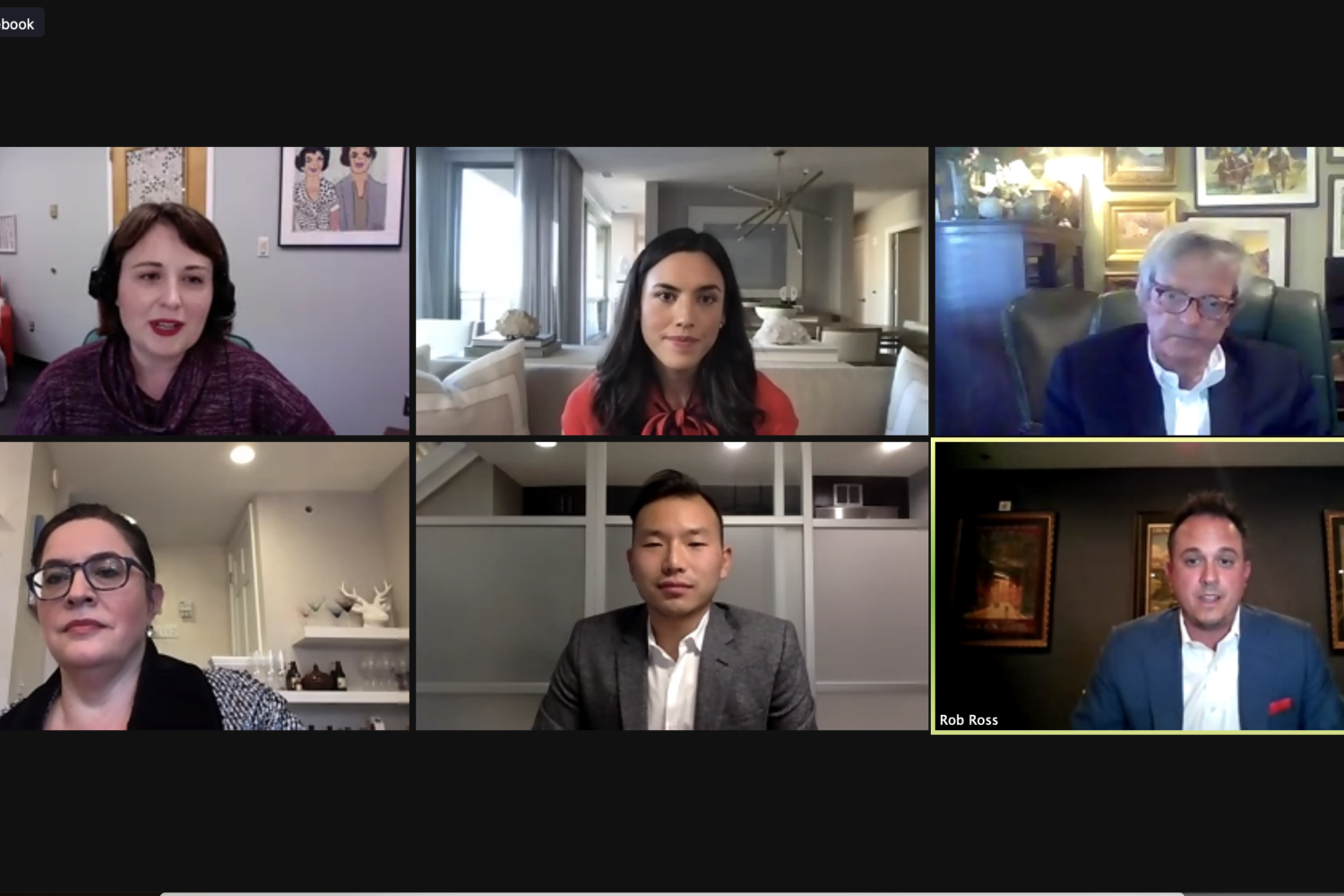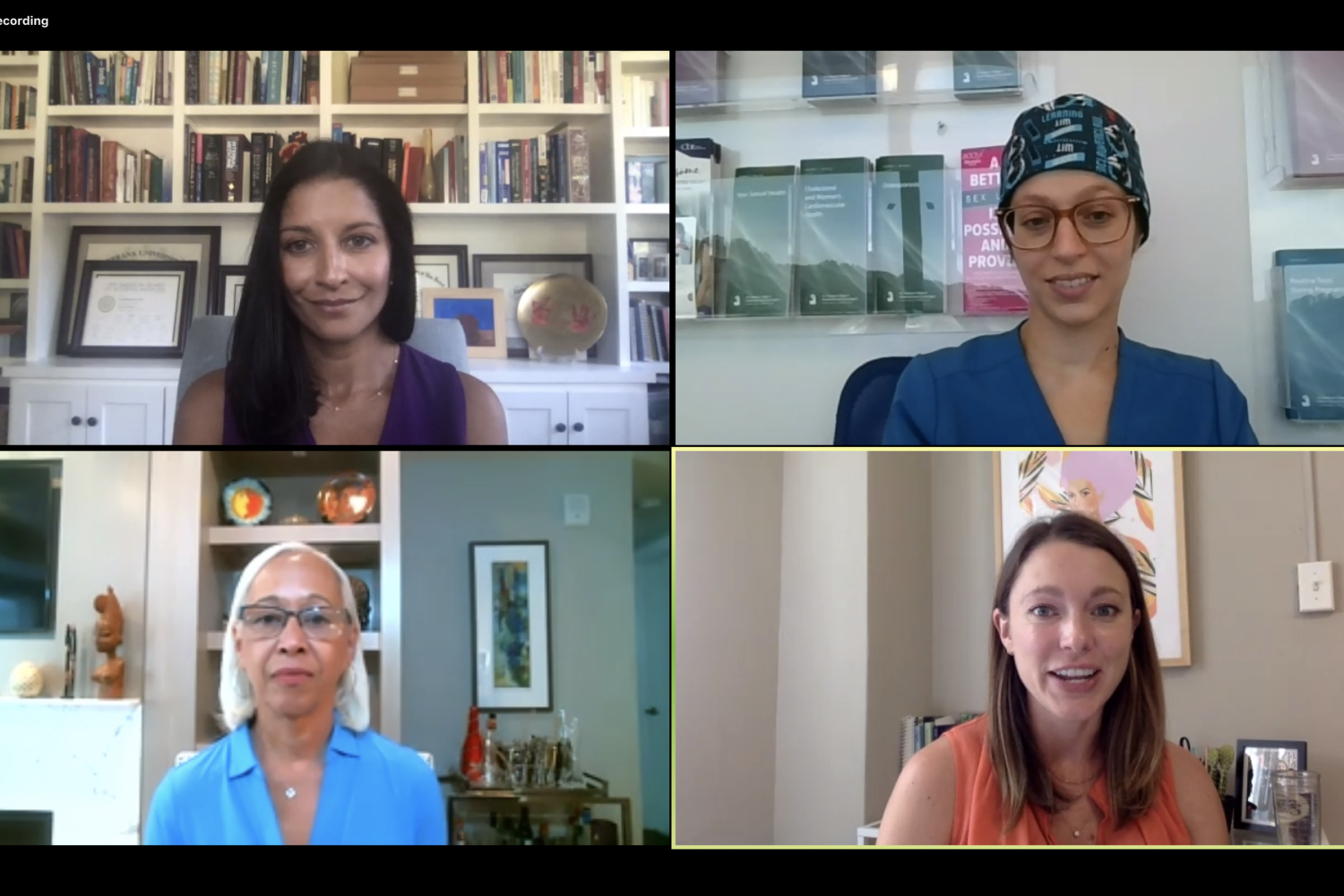Excerpted from American Sketches: Great Leaders, Creative Thinkers, and Heroes of a Hurricane, © 2009 by Walter Isaacson. Reprinted by permission of Simon & Schuster.
During my early years at Time, I was assigned to work under the national-affairs editor, Otto Friedrich, a wry man with a bushy red moustache who seemed perpetually amused by himself. He wrote books on the side, and from him I learned that writing biographies and histories could be a satisfying accompaniment to a day job in journalism.
My first foray into book writing sprang from covering Ronald Reagan’s 1980 campaign. I was struck by the bug-eyed bevy of people who showed up on the fringes of rallies and handed out leaflets purporting to expose the insidious nature of the East Coast foreign-policy establishment. The leaflets were filled with charts and arrows about the Trilateral Commission, the Council on Foreign Relations, the Rockefellers, the Bilderberg Group, Skull and Bones, and various banking cabals.
I asked my Time colleague Evan Thomas about this phenomenon, under the theory that as an East Coast preppie he could decode it. (I’m from New Orleans.) Eventually we began to talk about writing a book that would explore the reality and myths about “the Establishment.”
We sketched it out in a summer cottage in Sag Harbor on Long Island. I’m a night person and would try to stay up until 5 am, at which point I’d hand over my notes to Evan, who got up around then; we’d go to the beach in the afternoon. We came around to the dual approaches that were at the core of our work at Time: Tell the tale through people, and make it a chronological narrative.
We selected six men who were at the core of the so-called Establishment—Dean Acheson, Averell Harriman, Robert Lovett, John McCloy, Chip Bohlen, and George Kennan—and traced their interwoven lives through prep school, college clubs, Wall Street, the Foreign Service, Cold War statecraft, and the Vietnam War.
We took our outline to Amanda Urban, who had recently become a literary agent, and she sent us to Alice Mayhew, an editor at Simon & Schuster. Alice grasped the idea immediately and said she had always wanted to publish such a book and it should be titled The Wise Men. And so it was.
Evan and I were concerned that academics would dismiss our book as being too (or “merely”) journalistic, so we immersed ourselves in presidential archives and relied heavily on what historians call “the documents.” That proved useful after one of our early interviews, in which McGeorge Bundy—who had been national-security adviser to JFK and LBJ—denigrated our thesis that there was anything that could be called an “establishment” group.
Then Evan found, in the Lyndon Johnson archives, a memo by Bundy titled “Backing From the Establishment,” which detailed the behind-the-scenes role our characters had played and that urged Johnson to create an advisory group of them that would offer support for the Vietnam War.
But I also became convinced of the benefits of journalistic legwork. For example, the daily letters that Lovett wrote Harriman provided a wealth of archival documentation, but by the late 1950s, when long-distance telephoning became common, they were abruptly replaced in the files by cryptic phone messages saying such things as “Call me regarding Laos.” It thus helped to be able to interview the players with a reporter’s notebook in hand.
That was all the more the case when I set out to write a biography of Henry Kissinger. I learned that many of the documents in the archives had been written more for the purpose of posterior-covering than for historical accuracy. His aide Winston Lord told me that Kissinger sometimes had aides write three versions of meeting memos: one for the archives, another for Nixon, and an accurate one for Kissinger.
So it helped to go out and ask the players what truly lay behind the official memos. As Kissinger himself once pointed out: “What is written in diplomatic documents never bears much relation to reality. I could never have written my Metternich dissertation based on documents if I had known what I know now.”
Kissinger, it turned out, was not excessively thrilled by what I wrote, and he let me know. Over a two-day period, as he read the just-published book, he dictated a flurry of letters declaring various points I made to be “outrageous.” Some were hand-delivered by a mildly amused L. Paul “Jerry” Bremer, who was then Kissinger’s young associate and later had the slightly easier job of being America’s viceroy in Iraq.
Perhaps as a reaction, I decided to do my next book on someone who had been dead for 200 years. I picked Benjamin Franklin because I felt the country was becoming too ideologically and politically polarized. Franklin was the Founding Father who helped the others find common ground and practical solutions. He realized that tolerance and compromise would be the new nation’s key civic virtues. These were ideals I felt could use a little exalting at the time.
One of the things that struck me about Franklin was that he was a serious scientist. We sometimes think of him as a doddering old dude flying a kite in the rain, but his experiments produced the single-fluid theory of electricity, which was the most important scientific advance of the era, and the lightning rod, which was the most useful invention. He loved science and would have considered those who took no interest in it to be philistines.
In our age, however, many supposedly educated people feel comfortable joking about how they’re clueless about science and math. They’d never admit to not knowing the difference between Hamlet and Macbeth, but they happily concede that they don’t know the difference between a gene and a chromosome or between the uncertainty principle and relativity theory. I wanted to show that science could be fascinating. Once again, the best way to convey that message was through the narrative of a person—in the case of my next book, Albert Einstein.
Those of us who write history used to have a variety of sources. There were wonderful diaries, such as the one Secretary of War Henry Stimson kept during World War II, but those have disappeared due to laziness, time pressures, and the fear of subpoenas. We also had letters— those of Franklin and Einstein fill more than 40 volumes each—but in the age of telephones and e-mails, these too have pretty much disappeared. There was a glorious period of the Kennedy-Johnson-Nixon years when we had secret tape recordings, but this delightful practice was discontinued after it brought Nixon down.
Nowadays, policymakers are wary of keeping notes, writing honest memos, or sending e-mail. Everything can be subpoenaed. The only new resource historians will have are the great journalistic books—such as those by Bob Woodward, David Sanger, Jane Mayer, Barton Gellman, Rajiv Chandrasekaran, Steve Coll, George Packer, Thomas Ricks, and Michael Gordon—that pry from powerful players what really happened behind the scenes. If print journalism and the business models for newspapers collapse in the Internet age, these will soon disappear as well.
I’ve always been fascinated by the impact of technology on journalism. In 1989, I went to Eastern Europe to cover the unraveling of the Soviet empire. When I got to Bratislava, I was put in the Forum Hotel, one of the few places to get satellite TV. A maid asked if I minded my room being used in the afternoon by school kids, who liked to watch the music-video channels. I said sure, and I made a point of coming back early so I could meet the students. But when I came in, they weren’t watching MTV. They were watching CNN, which was showing the unrest at the Gdansk shipyard. I realized that the collapse of authoritarian regimes was inevitable because they’d eventually be unable to control the free flow of information in a digital age.
Ten years later, I saw something similar in Kashgar, an oasis town in western China. In the back of a small coffeeshop on an unpaved street, three kids were sitting around a computer. I asked what they were doing. They were on the Internet, they said. I asked to try something and typed in time.com. The screen said “access denied.” I typed in cnn.com. Again, access denied. One of the kids elbowed me aside and typed in something. CNN popped up. He typed something else. Time popped up. I asked what he’d done. Oh, he said, we know how to go through proxy servers in Hong Kong that the censors are clueless about.
As I watch that region of China erupt in occasional protests coordinated on Twitter and Facebook, and as I see the same happening in Iran and elsewhere, I realize that digital technology will do more to shape our politics than anything since Gutenberg’s introduction of the printing press to Europe helped usher in the Reformation.
The advent of social networking allows journalists to create and connect with communities rather than merely hand down their writing. But however this future evolves, we’ll have to answer a pressing question: How will writers—or anyone else who creates content that can be digitized, from movies to music to apps to journalism—make a living in an era in which digital content can be freely replicated?
For 300 years, ever since the Statute of Anne was established in Britain, there has been a system under which people who have created things, such as books or articles or music or pictures, have a right to benefit from copies made of them. Because of this “copyright” system, we have encouraged and rewarded three centuries of creativity in various fields of endeavor. Among other things, this has allowed all sorts of people, including me, to make a living at the so-called writing life. May the next generation enjoy that opportunity as well.
This article first appeared in the December 2009 issue of The Washingtonian. For more articles from that issue, click here.















